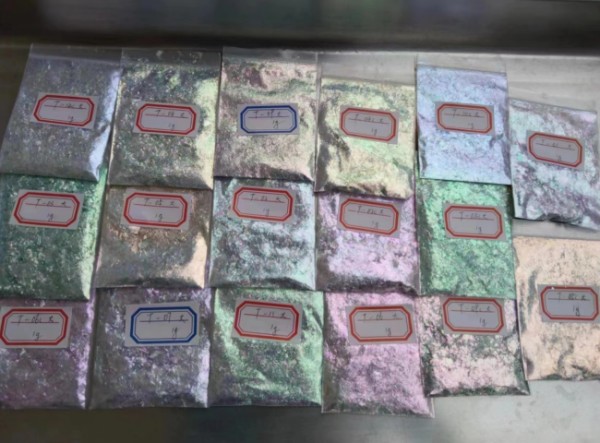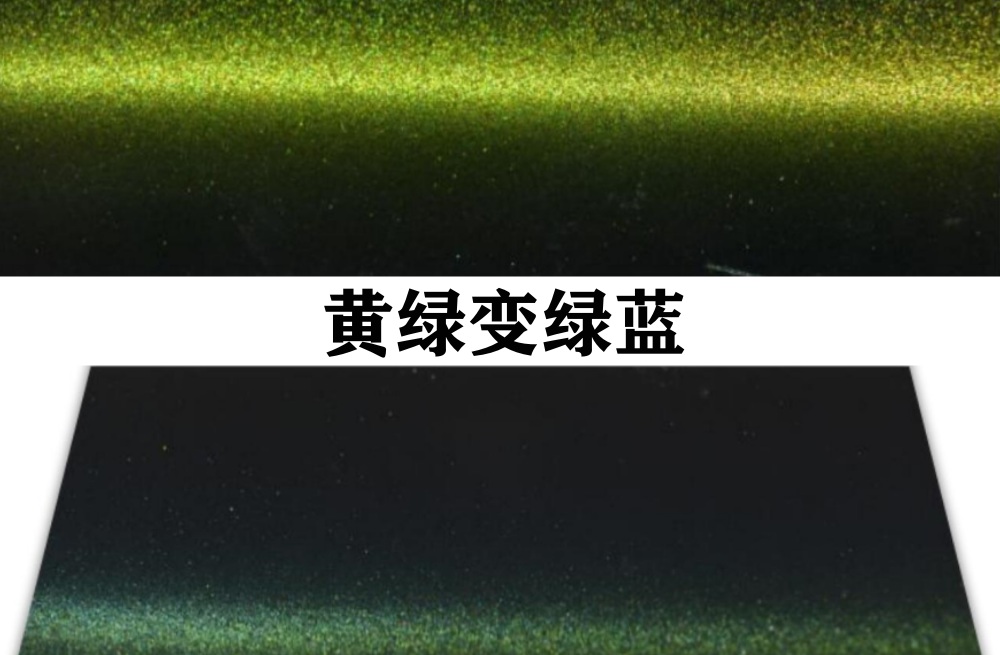Anti-counterfeiting technology for banknotes has always been a top priority in the financial industry, as counterfeiting poses a serious threat to the stability and fairness of the financial market. To prevent banknotes from being counterfeited, various measures have been taken by governments and banks worldwide. Among them, magnetic-optical variable ink is a highly effective anti-counterfeiting technology that has been widely applied to banknotes and coins in many countries.
The principle of magnetic-optical variable ink is to add magnetic and photosensitive materials to the ink. These materials can cause the ink to change color when exposed to a magnetic field or light, thus achieving the anti-counterfeiting effect. This ink can be used not only for printing banknotes but also for printing various documents, such as ID cards, passports, and driver's licenses, to protect citizens' identity.
Magnetic-optical variable ink has many advantages. First, its anti-counterfeiting effect is excellent and can effectively prevent counterfeiting. Second, its production process is relatively simple, and it can be compatible with traditional ink printing technology, without requiring much technical modification or equipment upgrade. In addition, it has a wide range of applications and can be used not only for printing banknotes and documents but also for printing various valuable items such as securities, insurance policies, and stamps, to ensure social justice and security.

Despite the many advantages of magnetic photochromic ink, there are also some drawbacks. For example, its cost is relatively high, requiring high-quality raw materials and manufacturing processes, which makes printing costs higher. In addition, although the anti-counterfeiting effect of magnetic photochromic ink is very good, it still cannot completely prevent counterfeiting behavior. Therefore, banks and governments need to take other measures, such as strengthening supervision, raising public awareness, etc., to enhance the anti-counterfeiting ability of currency.
In summary, magnetic photochromic ink is a very effective anti-counterfeiting technology for currency and documents, which can help banks and governments effectively protect their security. Although its cost is higher, this technology has been widely used in various fields and has achieved good results. In the future, we can expect continuous innovation and development of magnetic photochromic ink technology to further enhance its anti-counterfeiting ability and application scope. For example, some researchers have proposed the use of nanotechnology and quantum dot technology to improve magnetic photochromic ink, thereby enhancing its stability and anti-counterfeiting performance. The application of these technologies will further enhance the reliability and security of currency anti-counterfeiting technology, protecting the interests of the financial market and the public.
In addition to technological innovation, we also need to strengthen the popularization and promotion of anti-counterfeiting awareness. The public should know how to identify genuine currency and documents and avoid being affected by fraud and deception. Banks and governments should strengthen the publicity and education of currency anti-counterfeiting technology, help the public to improve their anti-counterfeiting awareness and skills, and jointly maintain the safety and stability of the financial market.
In summary, magnetic photochromic ink is a very important anti-counterfeiting technology for currency and has been widely used globally. We should continue to leverage the power of technological innovation to continuously improve and perfect this technology to ensure the security of citizens' identities and the stability of the financial market. At the same time, we also need to strengthen the popularization and promotion of anti-counterfeiting awareness, so that everyone can identify genuine currency and documents and jointly maintain social justice and security.
HiBlueStar
电话:15050450799(微信同号)
© HiBlueStar Sitemap




